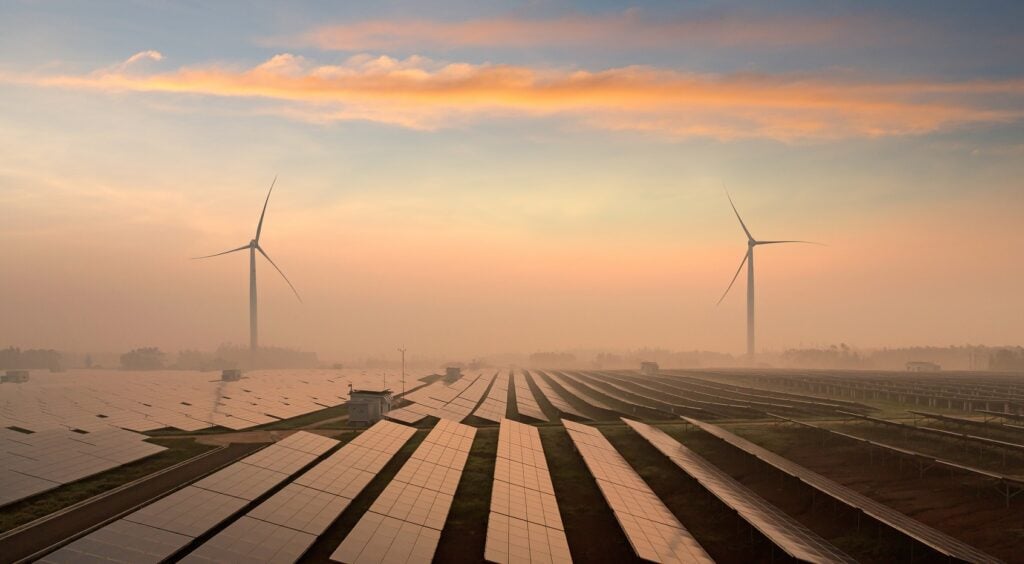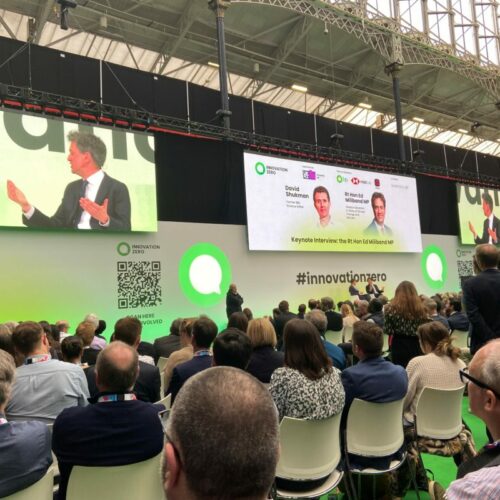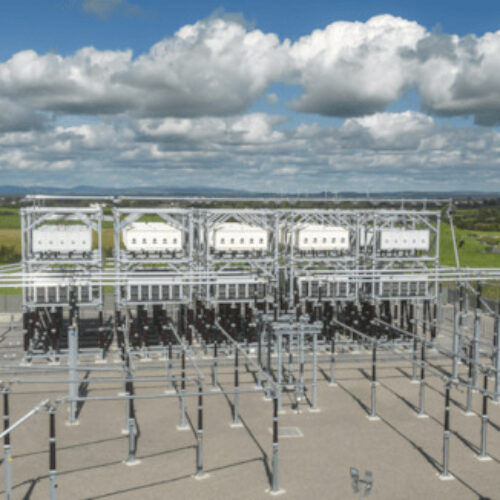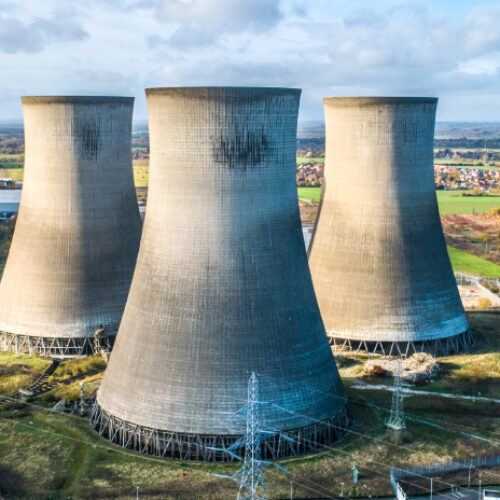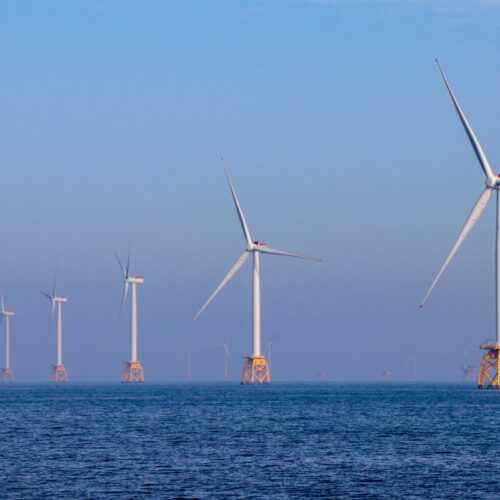The UK experienced the greenest summer ever according to National Grid, which has released figures showing that over half of the electricity generated over the period was from low carbon sources.
In a record breaking summer for UK renewables and solar in particular, almost 52% of generation from 21 June to 22 September came from these technologies compared to around 35% just four years previously.
National Grid’s figures cap a landmark year for solar in the UK with generation reaching new heights within the energy system. In May a record-breaking quarter of Great Britain’s energy demand was met by 8.7GW peak of solar power that was supplying electricity to the grid, while just days later renewable power met over 50% of the nation’s electricity supply.
Large amounts of solar along with wind and nuclear power later pushed Great Britain’s carbon intensity to record lows of around 90gCO₂/kWh.
Duncan Burt, director of the system operator at National Grid, said: “It’s been an exciting year managing the many ‘network firsts’, from a day where we operated the system with zero coal power, to one where over half of Great Britain’s energy demand was met by renewable generation.”
The figures were released as National Grid launches new software designed to forecast the carbon intensity of electricity generation up to two days ahead.
This software will be openly available and combines National Grid’s knowledge of the UK energy system with weather data from the Met Office to forecast the share of renewable and non-renewable energy that will be on the UK electricity grid over the next 48 hours.
It is hoped this will allow homes and businesses to become more involved in the selection of their energy and provide a further boost to UK renewables.
Energy minister Richard Harrington said: “With over half of Britain’s electricity generated from low carbon sources, we’ve had a truly green summer and we welcome this innovative new software. It has great potential to give consumers more control and is another step towards an energy system that’s fit for the future.”
